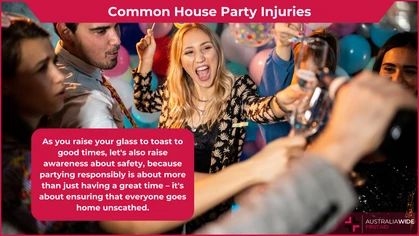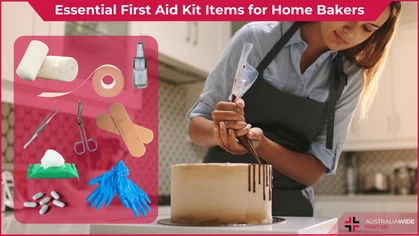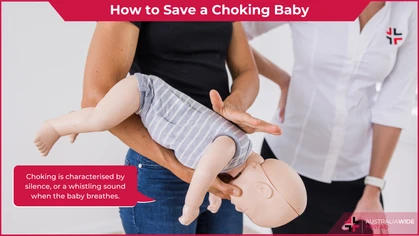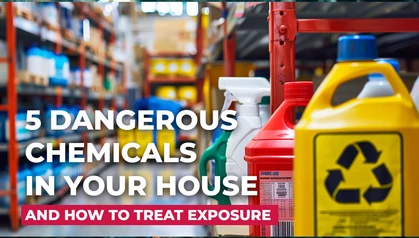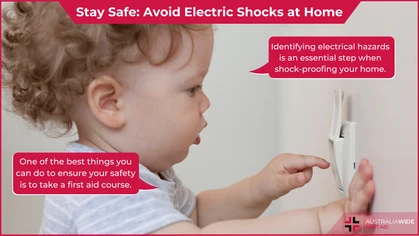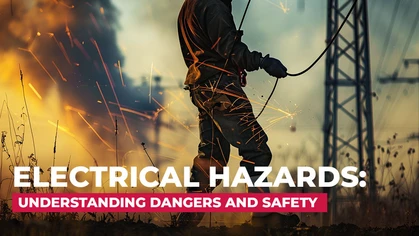What Does Drowning Look Like?

Danger
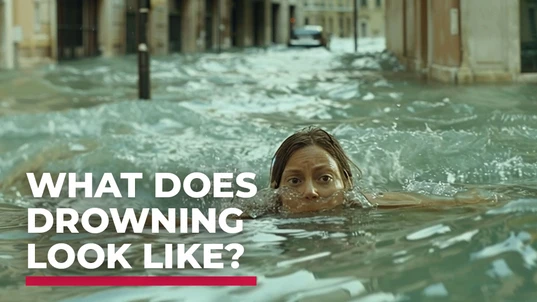 According to the National Drowning Report 2021, 294 people drowned in Australian waterways from 1 July 2020 to 30 June 2021.
This represents a 20% increase on the number of people who drowned during the 2019/2020 period. These statistics illuminate the importance for people to understand what drowning really looks like. In commercial depictions of drowning, like the ones we see in films and on television, people are shown thrashing about wildly and calling loudly for help.
According to Francesco Pia, PhD, a lifeguard and water rescue expert, this depiction could not be further from the truth. Rather, drowning in real life is often characterised as an "undramatic" event, which could probably explain why many children drown within 25 metres of their parent or other adult.
According to the National Drowning Report 2021, 294 people drowned in Australian waterways from 1 July 2020 to 30 June 2021.
This represents a 20% increase on the number of people who drowned during the 2019/2020 period. These statistics illuminate the importance for people to understand what drowning really looks like. In commercial depictions of drowning, like the ones we see in films and on television, people are shown thrashing about wildly and calling loudly for help.
According to Francesco Pia, PhD, a lifeguard and water rescue expert, this depiction could not be further from the truth. Rather, drowning in real life is often characterised as an "undramatic" event, which could probably explain why many children drown within 25 metres of their parent or other adult.
The Instinctive Drowning Response
As the research of Francesco Pia, PhD has uncovered, people who are drowning rarely wave, splash, or yell, as instinct takes over and their body focuses on keeping them above the water’s surface for as long as possible. This phenomenon is called the Instinctive Drowning Response, and it stipulates the following:- When people are drowning, they are typically, physiologically unable to call out for help, as the principle focus of the respiratory system is to breath, not to speak.
- When people are drowning, their mouths break the water's surface just long enough to inhale and exhale, and so they don't have time to call out for help.
- When people are drowning, their arms instinctively move into a lateral position and press down on the water's surface, and so they are not able to wave for help.
- When people are drowning, they lose the physiological capacity to perform voluntary movements like waving for help or moving toward a rescuer.
- When people are drowning, they remain in an upright position but don't kick. This is why people who are drowning can only struggle on the water's surface for 20 to 60 seconds before they become submerged.
Signs of Drowning
The below are signs that someone may be struggling in the water:- Head low in the water, mouth at water level.
- Head tilted back and mouth open.
- Eyes glassy and empty, unable to focus.
- Eyes closed.
- Hair over forehead and eyes.
- Hyperventilating or gasping.
- Trying to swim in a particular direction but not making headway.
- Trying to roll over on to their back.
- Appear to be climbing an invisible ladder.
Aquatic Distress
People who are waving, yelling, and splashing in the water may not be drowning, but they may be experiencing aquatic distress. Unlike people who are drowning, people who are experiencing aquatic distress can aid in their own rescue by grabbing onto lifelines or throw rings. It is important to assist people who are experiencing aquatic distress as soon as possible, as they may actually begin to drown. The most important thing to remember when it comes to drowning is that, it can happen in any body of water, from beaches and rivers to the humble backyard swimming people. And, it can happen to anyone - according to the National Drowning Report 2021, the top activity in which drowning deaths occurred was swimming & recreating, followed by boating and falling. Stay safe when you're in or near the water with your friends and family by making sure that everyone is supervised and accounted for. And always remember, silence is the biggest indicator that someone may be struggling in the water.Key Statistics from the 2021 National Drowning Report
- Males accounted for 80% of all drowning deaths.
- NSW had the greatest number of drownings (99), while the ACT had the least number of drownings (4).
- People aged 25-34 accounted for the greatest portion (17%) of all drowning deaths, followed by people aged from 65-74 and 55-64, both of which accounted for 13% of all drowning deaths.
- The top location at which drowning deaths occurred was rivers/creeks, followed by beaches and oceans/harbours. The top activity in which drowning deaths occurred was swimming & recreating, followed by boating and falling.
Originally published at
https://www.australiawidefirstaid.com.au/resources/what-does-drowning-look-like
as part of the Australia Wide First Aid Articles Library



